Researchers from Baidu Research and the University of Maryland have developed a robotic excavator system that integrates perception, planning, and control capabilities to enable material loading over a long duration with no human intervention.


Researchers from Baidu Research and the University of Maryland have developed a robotic excavator system that integrates perception, planning, and control capabilities to enable material loading over a long duration with no human intervention.
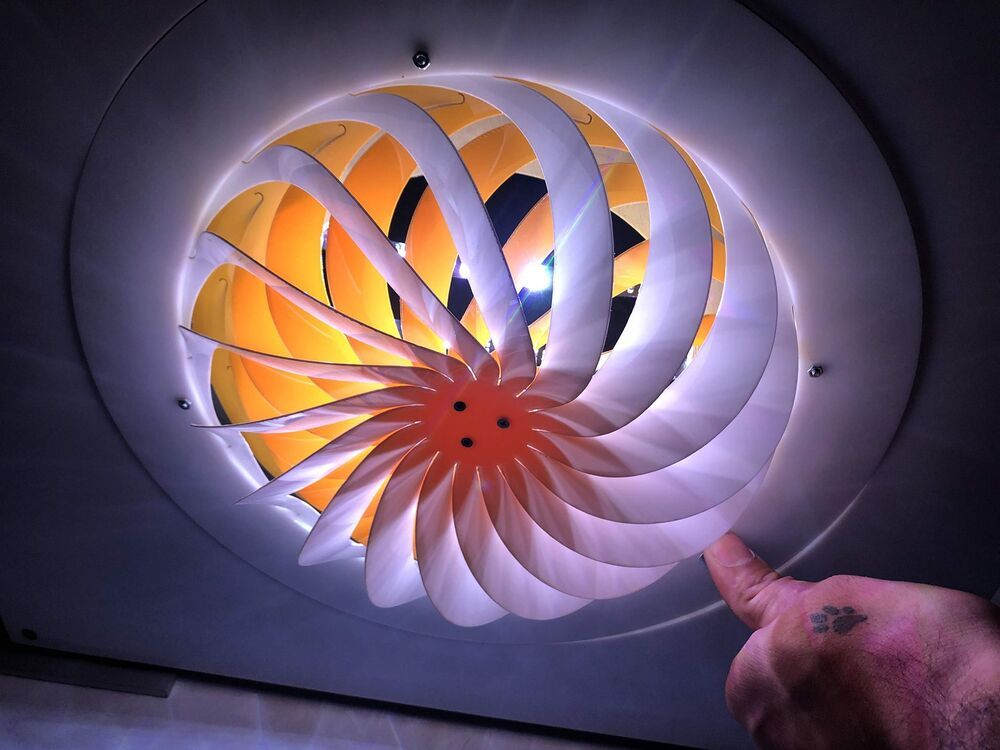
Ordinarily, if you’re building something, you don’t want the materials to buckle under pressure. In a new Harvard University-designed system, however, that buckling action allows flat-packed objects to be twisted into useful three-dimensional forms.
Most existing “buckling-induced deployable structures” consist of linked straight pieces that are popped into shape via straight linear motion, which often requires a fair bit of force to be applied by the user. Folding chairs are one frequently frustrating example.
Seeking an easier alternative, Harvard researchers instead set about building items made up of linked curved pieces. Generally speaking, curved objects (such as beams) are less mechanically stable than their straight counterparts. In most scenarios, this is an undesirable quality. In the case of pop-up devices, though, it means that they’re easier to buckle into the desired form.
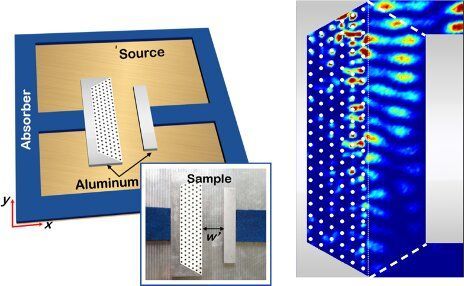
Entering an invisible doorway to catch a train at King’s Cross station in London is a renowned fictional scene from the Harry Potter series. In recent decades, physicists have been trying to produce a similar effect by focusing their research efforts on illusion devices.
Illusion devices are devices that can change the optical properties of objects to match those of other virtual objects or make them apparently invisible, producing an illusion. Two common types of illusion devices are super-scatterers and invisible gateways. The first are designed to scatter light and the second to bounce back light rays through a physical gateway.
From a theoretical standpoint, super-scatterers and invisible gateways have so far been primarily studied in the context of transformation optics and folded geometry transformations (i.e., the visual, illusory transformation of objects into other objects). Experimentally realizing these devices, however, requires the use of metamaterials with specific properties (e.g., a negative permittivity and permeability) that can be difficult to employ in fabrication processes.
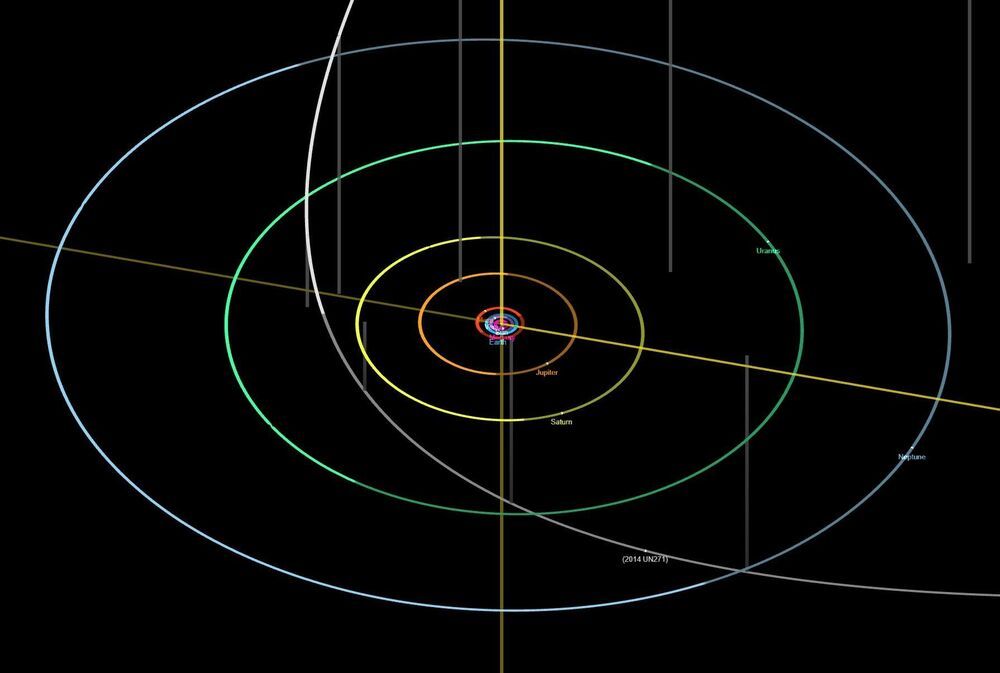
Astronomers Pedro Bernardinelli and Gary Bernstein discovered a space object recently that has an orbit around the sun and also stretches into the Oort cloud—they have named it 2014 UN271. The researchers made the discovery while studying archival images collected for the Dark Energy Survey over the years 2014 to 2018. Since its discovery, entities such as the MMPL forum, the Minor Planet Center and JPL Solar System Dynamics have been tracking the object and have found that it will make its closest approach to Earth in 2031.
Measurements of the object put it between the size of a very small planet and a comet—it is believed to have a diameter of 100 to 370 km. If it turns out to be on the larger end of that spectrum, it would mark the largest Oort cloud object discovered to date. But it is the path of the object that has drawn the attention of astronomers—its orbit is nearly perpendicular to the plane created by the nine inner planets and takes it deep into the solar system and into the Oort cloud. One trip around the sun has been calculated to take 612190 years. It is currently moving deeper into the solar system, which means astronomers will have an opportunity to observe it 10 years from now.
Sam Deen, an amateur astronomer posting on the MMPL forum described the find as “radically exceptional.” Study of 2014 UN271 as it draws closer will allow researchers to analyze an object that sometimes passes through the Oort cloud at distances as close as 10.9 AU from the sun—near the orbit of Saturn. As it draws nearer to the sun, it is likely to develop a comet-like tail as frozen material on its surface is vaporized. It is not clear just yet, however, how bright 2014 UN271 will appear in the night sky here on Earth—but it is likely that its brightness will fall somewhere between that of Pluto or its moon Charon; enough for amateurs and professionals alike to get a good view of it using strong telescopes.
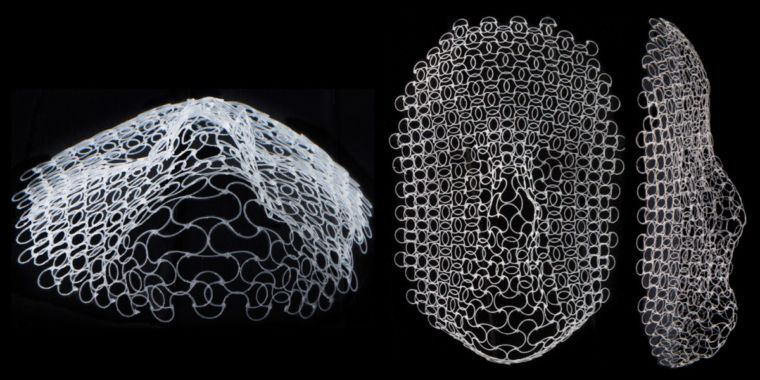


With the drought in the west it is time to consider an Apollo Program to produce clean water. Breakthroughs in processing lithium and with graphene-based desalination membranes may point the way. (Meant to say almost 20 Million people — needed some coffee tonight!)
See the Special Deals at My Patriot Supply: www.PrepWithGreg.com.
Green Gregs has teamed up with True Leaf Market to bring you a great selection of seed for your spring planting. Check it out: http://www.pntrac.com/t/TUJGRklGSkJGTU1IS0hCRkpIRk1K
See my sister channel Galactic Gregs: https://www.youtube.com/channel/UCmigPwwtQbetT7aVa9ToRuA
Support freedom: FreedomRestorationFoundation.org.
To join the Freedom Restoration Foundation (FRF) email: info@ FreedomRestorationFoundation.org.
Put Freedom in the Title.
FRF On FaceBook: https://www.facebook.com/groups/1017608155367475
FRF On MeWe: https://mewe.com/group/5f809034e1276c18d7f3497d.
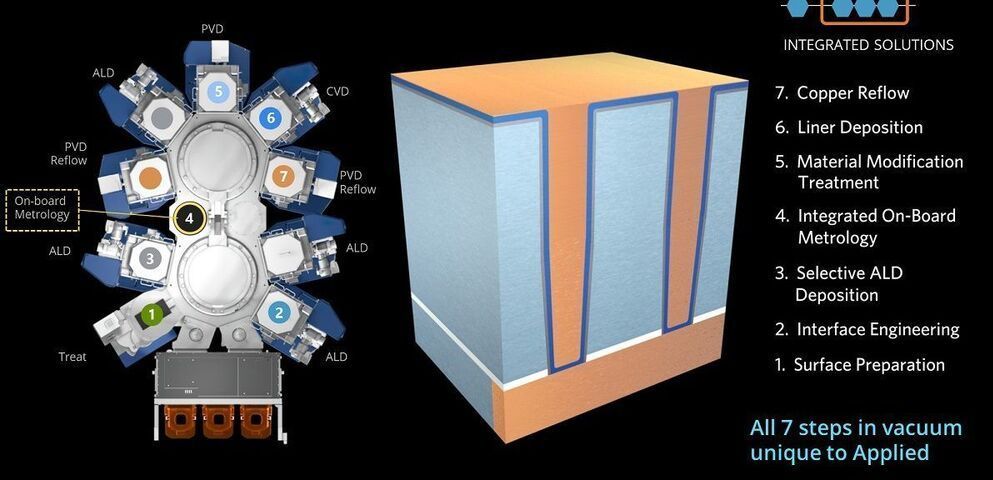
Applied Materials said it has reached a breakthrough in chip wiring that will enable semiconductor chip production to miniaturize to chips so the width between circuits can be as little as three billionths of a meter. Current chip factories are making 7nm and 5nm chips, so the 3nm chips represent the next generation of technology.
These 3nm production lines will be part of factories that cost more than $22 billion to build — and generate a lot more revenue than that. The breakthrough in chip wiring will enable logic chips to scale to three nanometers and beyond, the company said.
Chip manufacturing companies can use the wiring tools in their huge factories, and the transition from 5nm factories to 3nm factories could help ease a shortage of semiconductor chips that has plagued the entire electronics industry. But it will be a while before the chips go into production. In addition to interconnect scaling challenges, there are other issues related to the transistor (extending the use of FinFET transistors and transitioning to Gate All Around transistors), as well as patterning (extreme ultraviolet and multi-patterning).


Observing the secrets of the universe’s “Dark Ages” will require capturing ultra-long radio wavelengths—and we can’t do that on Earth.
The universe is constantly beaming its history to us. For instance: Information about what happened long, long ago, contained in the long-length radio waves that are ubiquitous throughout the universe, likely hold the details about how the first stars and black holes were formed. There’s a problem, though. Because of our atmosphere and noisy radio signals generated by modern society, we can’t read them from Earth.
That’s why NASA is in the early stages of planning what it would take to build an automated research telescope on the far side of the moon. One of the most ambitious proposals would build the Lunar Crater Radio Telescope, the largest (by a lot) filled-aperture radio telescope dish in the universe. Another duo of projects, called FarSide and FarView, would connect a vast array of antennas—eventually over 100000, many built on the moon itself and made out of its surface material—to pick up the signals. The projects are all part of NASA’s Institute for Advanced Concepts (NIAC) program, which awards innovators and entrepreneurs with funding to advance radical ideas in hopes of creating breakthrough aerospace concepts. While they are still hypothetical, and years away from reality, the findings from these projects could reshape our cosmological model of the universe.
“With our telescopes on the moon, we can reverse-engineer the radio spectra that we record, and infer for the first time the properties of the very first stars,” said Jack Burns, a cosmologist at the University of Colorado Boulder and the co-investigator and science lead for both FarSide and FarView. “We care about those first stars because we care about our own origins—I mean, where did we come from? Where did the Sun come from? Where did the Earth come from? The Milky Way?”